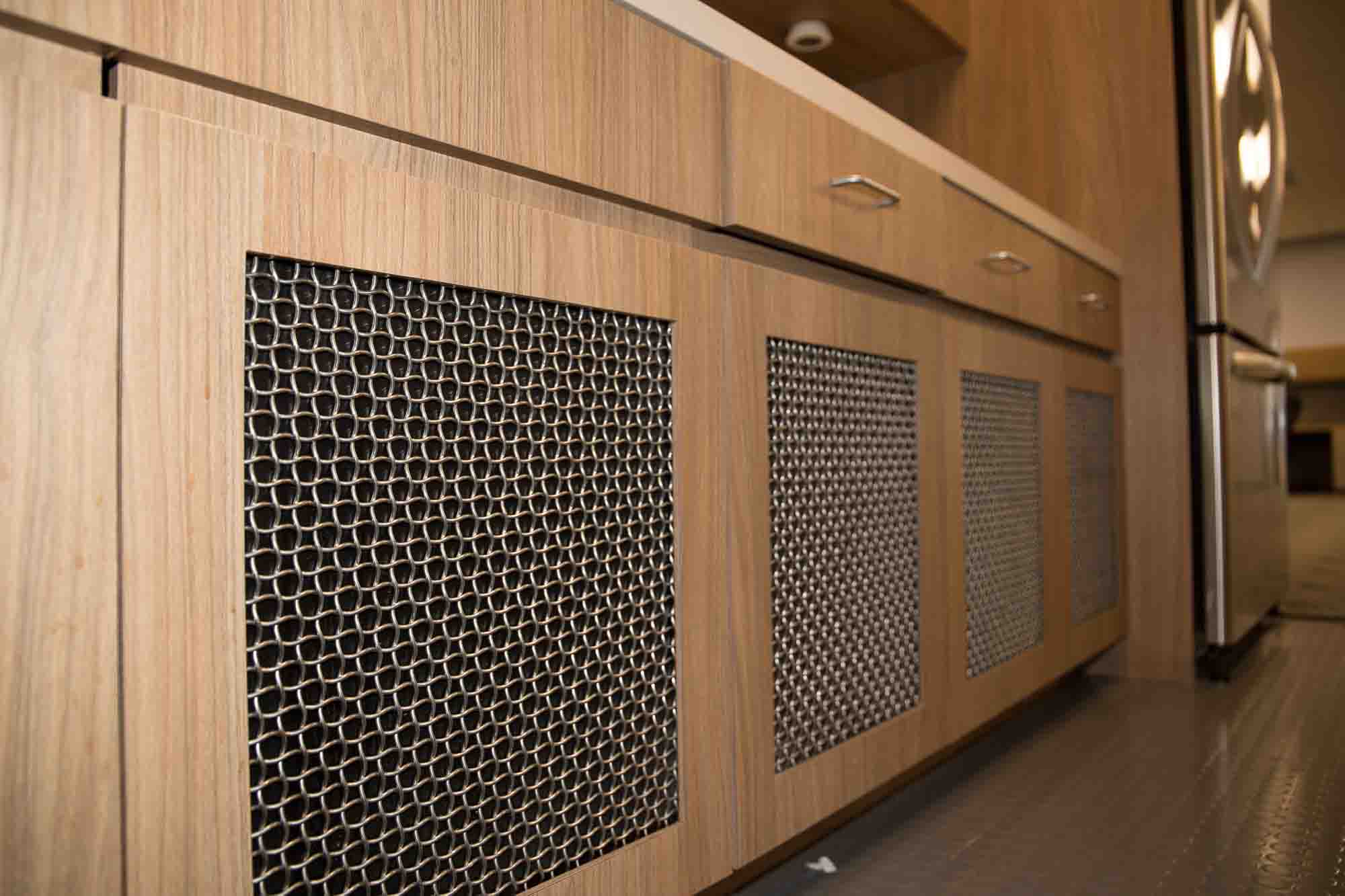sep . 15, 2024 08:55 Back to list
wire mesh for rock walls
The Importance of Wire Mesh for Rock Walls
Wire mesh has become an essential material in the construction and maintenance of rock walls. This versatile tool enhances stability, provides support, and helps mitigate erosion, making it a favored choice for both commercial and residential projects. In this article, we will explore the various applications of wire mesh in rock wall construction and its benefits.
What is Wire Mesh?
Wire mesh is a grid-like structure made from interwoven steel wires, which can be galvanized for increased durability. The flexibility and strength of wire mesh allow it to conform to the contours of the terrain, making it an ideal solution for various rock wall applications. Its use has been particularly beneficial in geotechnical engineering, landscaping, and environmental protection.
Applications in Rock Wall Construction
1. Stabilization One of the primary applications of wire mesh in rock walls is to stabilize loose or unstable rock formations. By using wire mesh to secure boulders and smaller rocks, engineers can prevent rockfall and landslides, thereby enhancing safety in areas prone to such geological hazards. The mesh acts as a containment layer, holding the rocks in place while allowing for drainage to prevent water accumulation.
2. Reinforcement Wire mesh can reinforce the structural integrity of rock walls that are constructed for aesthetic purposes or to create terraced landscapes. When embedded in concrete or other types of infill, the mesh redistributes loads and enhances the tensile strength of the wall, making it less susceptible to cracking or failure.
3. Erosion Control Wire mesh is an effective tool for controlling soil erosion on rock walls. When used in conjunction with vegetation or erosion control blankets, wire mesh can help secure topsoil, allowing plants to establish their roots. This not only improves the appearance of the landscape but also contributes to the ecosystems by promoting biodiversity.
4. Gabion Structures Another innovative application of wire mesh is in the creation of gabion structures. Gabions are cages filled with stones or other materials, and they are used in retaining walls, riverbank protection, and landscaping. The wire mesh cages provide a framework that allows for flexibility and drainage while also supporting the structure against lateral pressures.
wire mesh for rock walls

Benefits of Using Wire Mesh
The use of wire mesh in rock walls offers several benefits
- Durability Galvanized wire mesh is resistant to rust and corrosion, making it a long-lasting solution for outdoor applications. This durability reduces maintenance costs and prolongs the life of the structure.
- Cost-Effectiveness Compared to alternative materials, wire mesh is relatively inexpensive. Its easy installation also reduces labor costs, making it an economical choice for both large and small projects.
- Environmental Compatibility Wire mesh allows for the natural drainage of water, preventing pooling and potential erosion. This feature is crucial in maintaining the ecological balance of the surrounding area.
- Versatility Wire mesh can be adapted to various project specifications, from small garden walls to large infrastructure projects. Its flexibility makes it suitable for both urban landscaping and rural applications.
Conclusion
In summary, wire mesh plays a crucial role in the construction and maintenance of rock walls. Its applications in stabilization, reinforcement, erosion control, and the creation of gabion structures highlight its versatility and effectiveness. As engineers and landscape designers continue to seek sustainable and cost-effective solutions, wire mesh will undoubtedly remain a staple in rock wall projects, contributing to safety, stability, and environmental health.
share
-
CE Certified 250 Micron Stainless Steel Mesh - Durable Filter
NewsAug.02,2025
-
Screen Mesh Price Deals | gpt-4-turbo Optimized Pricing
NewsAug.01,2025
-
CE Certified 250 Micron Stainless Steel Filter Mesh | Premium
NewsJul.31,2025
-
CE Certified 250 Micron Stainless Steel Mesh | Premium Filter
NewsJul.31,2025
-
CE Certification Buy Wire Mesh Fence for High Security and Durability
NewsJul.30,2025
-
Stainless Steel Mesh Filter Discs for Precise Filtration Solutions
NewsJul.29,2025

